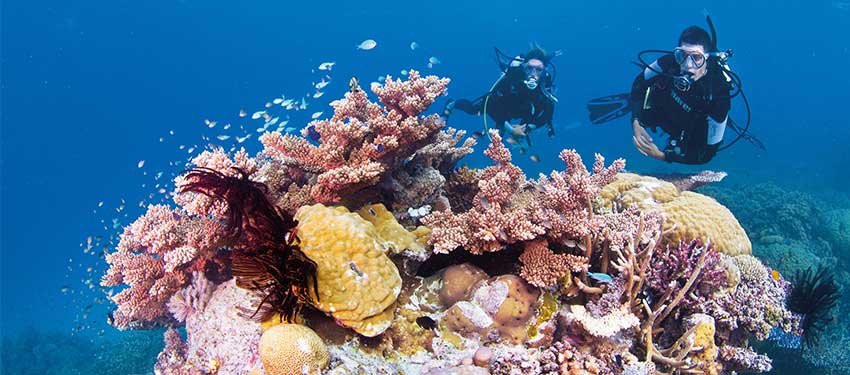A Brief History of Cairns
There’s no doubt that Cairns – in Tropical North Queensland – is now one of Australia’s most popular tropical paradises. This spectacular city – which is named after Queensland’s former governor, Sir William Wellington Cairns – is situated amidst the Great Barrier Reef in the balmy Coral Sea, the Wet Tropics Rainforest (containing Daintree and Cape Tribulation) and the semi-arid outback region; the Atherton Tablelands.
Because of this, Cairns is the quintessential ‘must do’ holiday destination and the plethora of local activities are suitable for any age. Because the majority of Cairns’ attractions are nature-based, they have existed within this region for… well, forever! This means humans – both native Indigenous people and Australian sellers – have interacted with this area long before the resorts started to go up. If you’ve ever wondered about the history of this gorgeous city, wonder no more.
Prior to the settlement of Cairns, the Indigenous population had existed in Australia for at least 40,000 years, and while evidence has been found of Indigenous habitation within Cairns for only around 5,100 years, many experts believe that these hardy people had inhabited the Cairns region for the full 40,000. The Yirrganydji speaking group of people were thought to have dominated (peacefully) the western region of Cairns and Port Douglas region, while groups that spoke the Gimuy Yidinji dialect were thought to have lived along the eastern side and the head of Trinity Inlet. The Indigenous owners of Cairns had no trouble whatsoever surviving, with the abundance of fish, flora and fauna within this lush region.
Contrastingly, this wild and uncharted area almost turned the white settlers off returning for good, following Captain Cook’s 1770 exploration of the region on HM Bark Endeavour; which unfortunately, ran aground on the reefs. Consequently, not only was the Endeavour River named after this event, but so were Weary Bay, Hope Island and Cape Tribulation, and I don’t think I need to explain why these areas were named as such!
More than a century later, gold was discovered at Palmer River, prompting a rush to the region by fortune hunters who endured the difficult conditions, regardless of the discomfort caused. The large number of gold prospectors led to the development of a port at Trinity Bay, and residential settlements being built on the flat areas surrounding it. The site of Cairns at that time was primarily swamp land; however, after a railway linked the future city to the south and the Atherton Tablelands, the area’s rich agricultural viability caused another rush of pioneering fruit, sugar cane and dairy farmers.
The town grew slowly until the area made a name for itself as a holiday destination following World War ll. Steady growth in population and tourism has continued up to this day and Cairns now receives millions of national and international visitors each year! When will you be visiting?






